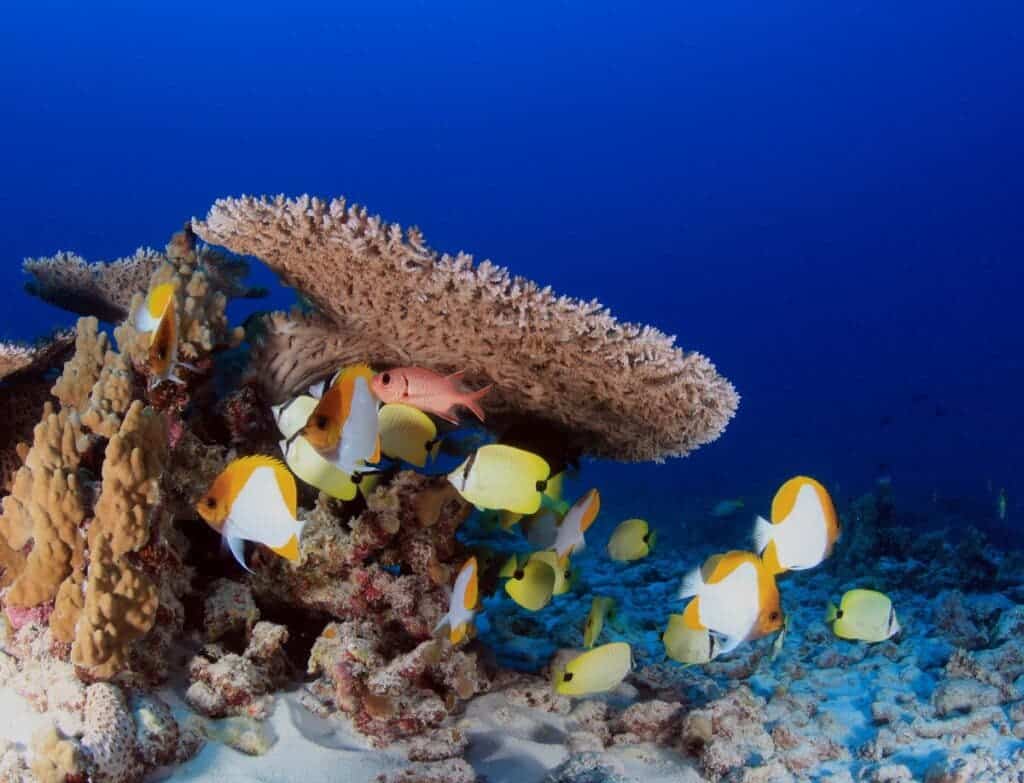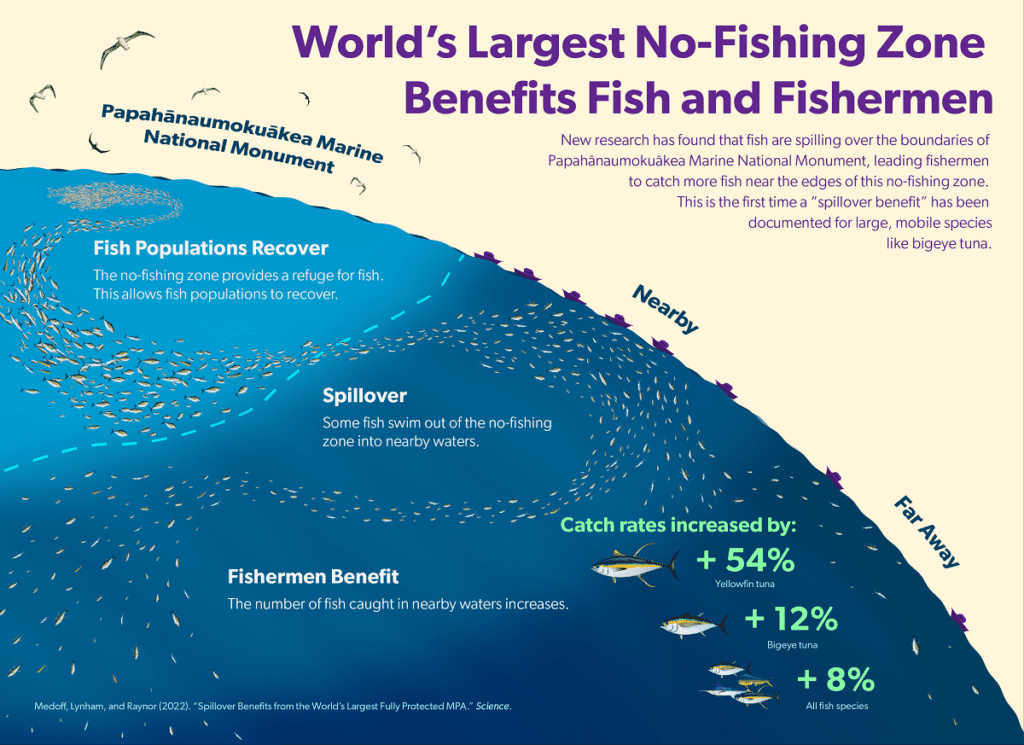Marine protected areas (MPAs) act as a safeguard for oceans, seas and estuaries. These zones contribute to the preservation of the flora and fauna that make their home in these waters, but the advantages of protected areas extend well beyond their borders. In fact, they extend beyond the water.
In a new study published in One Earth, a group of researchers explains how MPAs help to sequester carbon and foster ecological and social adaptation to climate change.

“Marine protected areas are increasingly being promoted as an ocean-based climate solution. Yet such claims remain controversial due to the diffuse and poorly synthesized literature on climate benefits of marine protected areas,” write the authors. “To address this knowledge gap, we conducted a systematic literature review of 22,403 publications spanning 241 marine protected areas.”
According to the findings, carbon sequestration in MPAs significantly increased in seagrass areas, mangrove areas and areas where sediment wasn’t trawled. They write that “partial or full degradation of mangroves and seagrass both resulted in similar decreases of sequestered carbon, indicating that even low levels of human impact result in important carbon emissions.”
They state this is evidence that “even low levels of human impact result in significant carbon emissions.”
Ecosystems and climate
The researchers found that preserved areas were more biodiverse and had richer, healthier ecosystems. A higher level of food security was present in MPAs, and the fish stocks in the waters adjacent to these protected areas increased.
The authors also report that the benefits of these protected areas in terms of mitigating and adapting to climate change were only achieved under high levels of protection and that these benefits increased with the length of time that an area had been protected. However, at this time, it is not exactly clear how well these health benefits are to humans — but the environmental benefits are great.
“The health benefits are unclear yet because we don’t know if fish fished protected around MPAs are healthier or not, but more fish fished thanks to spillover, is not exported, means more fish eaten locally, and there are health benefits,” author Joachim Claudet of the National Center for Scientific Research, told ZME Science in an email.
In their study, the authors write that “(a)cross all four pathways analyzed, only full and high levels of protection resulted in mitigation or adaptation benefits. In contrast, low levels of protection generated no benefits. Furthermore, increases in species richness and in fishers’ income only occurred for fully protected areas, where no fishing is allowed.”
This has taken shape in the world’s largest marine protected area, the Papahānaumokuākea Marine National Monument in Hawaii, a fully protected MPA covering more than 932,000 square miles (1.5 million square kilometers). A recent study published by the American Association for the Advancement of Science (AAAS), found many spillover benefits.
That newly published research provides evidence that the protections provided by these regions extend beyond their borders and have a positive impact on migratory species such as bigeye and yellowfin tuna. Even though it has been demonstrated time and time again that MPAs are effective at protecting local fish populations, previous research has cast doubt on their ability to provide refuge and fishery spillover benefits for migratory species such as tuna or swordfish.
However, identifying any potential spillover benefits has been a challenge.
Because of their complexity, marine ecosystems frequently need some time to recover before any spillover effects can be observed. Additionally, the establishment of MPAs frequently results in changes in human behavior, which can either hide or exaggerate the effects of spillover. In the AAAS study, the researchers evaluated whether or not the Papahānaumokuākea Marine National Monument has resulted in spillover benefits to fisheries in other areas.
Before and after the MPA underwent its most recent expansion in 2016, researchers evaluated species-specific catch-rate data for individual fishing vessels operating near and far from the protected area. Their research produced conclusive proof that the protections afforded to two migratory species that pass through the MPA – yellowfin tuna and bigeye tuna – led to spillover effects outside of Papahānaumokuākea’s borders, which were previously only seen for resident fish populations. These effects included an increase in the overall population of fish.
“The spillover benefits of MPAs can help fishers better adapt to ecosystem modifications due to climate change,” Claudet of the One Earth report said in his email. “With no doubt, increasing the levels of protection (is vital) in existing MPAs as (the) climate needs full protection.”



